The student shortage in 2025 is considered the most serious in many years.
After the gaokao, many private universities in Guangdong, Guangxi, Hunan, Shandong, and Shaanxi (China) reduced their admission scores by up to 30 points, three times the average of last year. However, enrollment still failed to meet the set target.
In Guangdong alone, 14 out of 23 private schools failed to meet admission standards, with a total shortage of more than 25,000 seats. A similar situation occurred in Shandong and Shaanxi, with thousands of seats remaining after the first round of admissions.
One reason for the decline is the reform of the gaokao system. Candidates can apply to multiple schools and majors, allowing for more flexibility and personal preferences. However, this has also made it harder for less popular majors and less-established private schools to compete for students.
Previously, candidates could be transferred to less popular majors if they failed their preferred choice. Now, the transfer restriction has made “hard-to-sell” majors almost unpopular, exacerbating the imbalance in enrollment.
In addition, financial factors are a major barrier. Tuition fees for private universities in China are 5-10 times higher than those for public universities, ranging from 20,000 to 40,000 yuan per year, while public universities are only about 3,000 to 8,000 yuan. This level of spending does not come with a firm commitment to employment, causing parents and students to question the true value of private degrees.
In contrast, public vocational colleges with lower tuition fees and practical training programs are attracting a large number of students. In Hunan, one vocational college reported higher-than-usual enrollment this year, indicating a growing trend toward vocational education .
In addition, the Ministry of Education of China has upgraded some vocational colleges to undergraduate training institutions. In 2024, 188 vocational majors were licensed to be trained at the university level, further consolidating the position of vocational education in the national training system.
Experts warn that lowering entrance scores is only a temporary measure. “If private universities do not improve their training quality and build their own strengths, they will continue to be left behind,” said Xiong Bingqi, director of the 21st Century Education Research Institute.
The rapid growth of private schools in the past decade is a direct result of the higher education boom. But as China’s birth rate declines and society changes its view of the value of a bachelor’s degree, schools may have to close. According to the China Non -Governmental Education Association, 17 private universities have closed between 2020 and 2025 alone.
Source: https://giaoducthoidai.vn/trung-quoc-truong-tu-thuc-lao-dao-vi-thieu-chi-tieu-post743247.html




![[Photo] Exhibition “80 years of journey of Independence-Freedom-Happiness”: An inspirational meeting place for the young generation](https://vphoto.vietnam.vn/thumb/1200x675/vietnam/resource/IMAGE/2025/8/26/2aaef59beb604923b0f848f5c6311dbd)
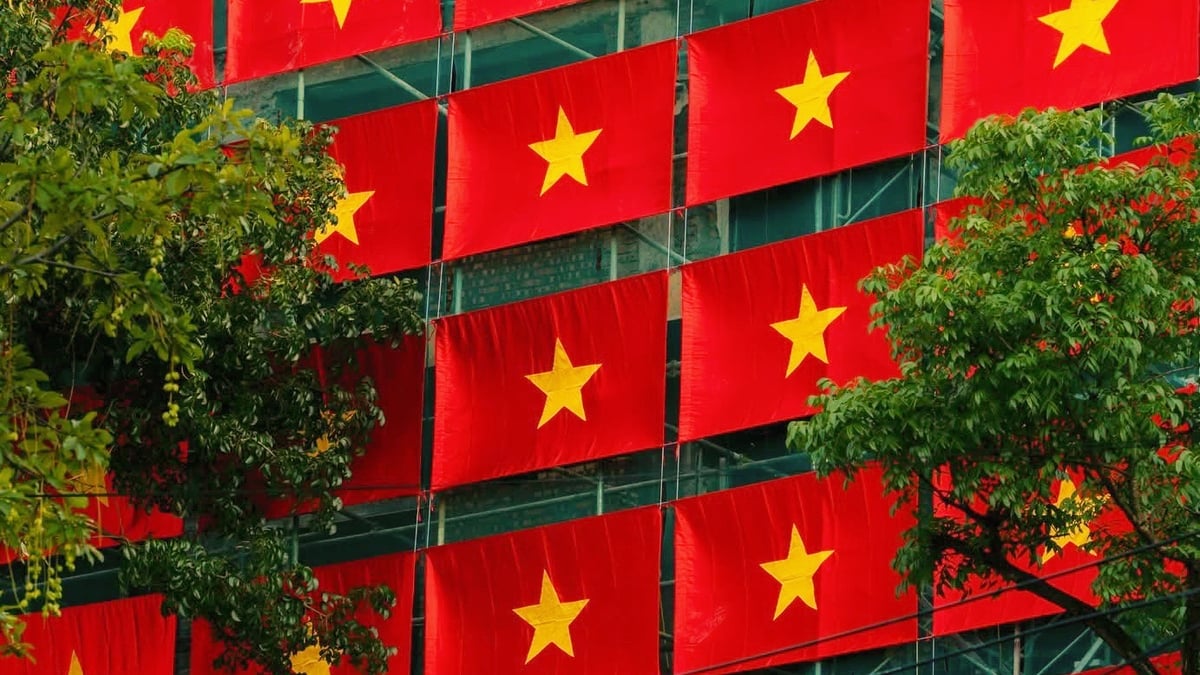
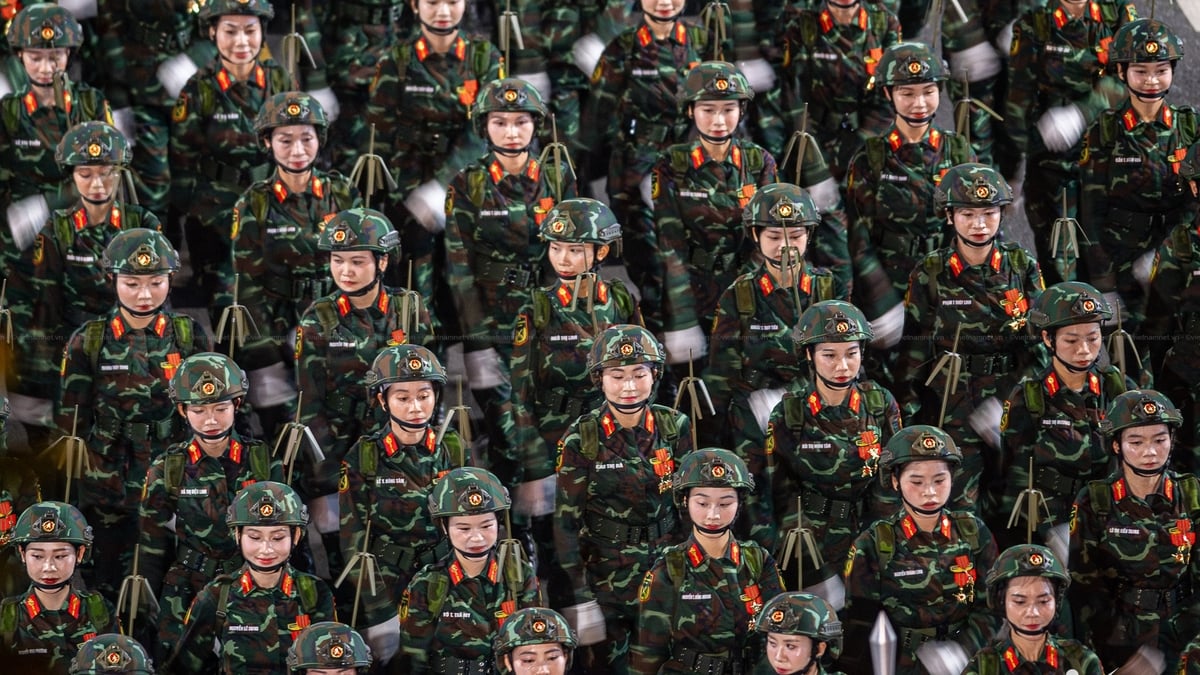
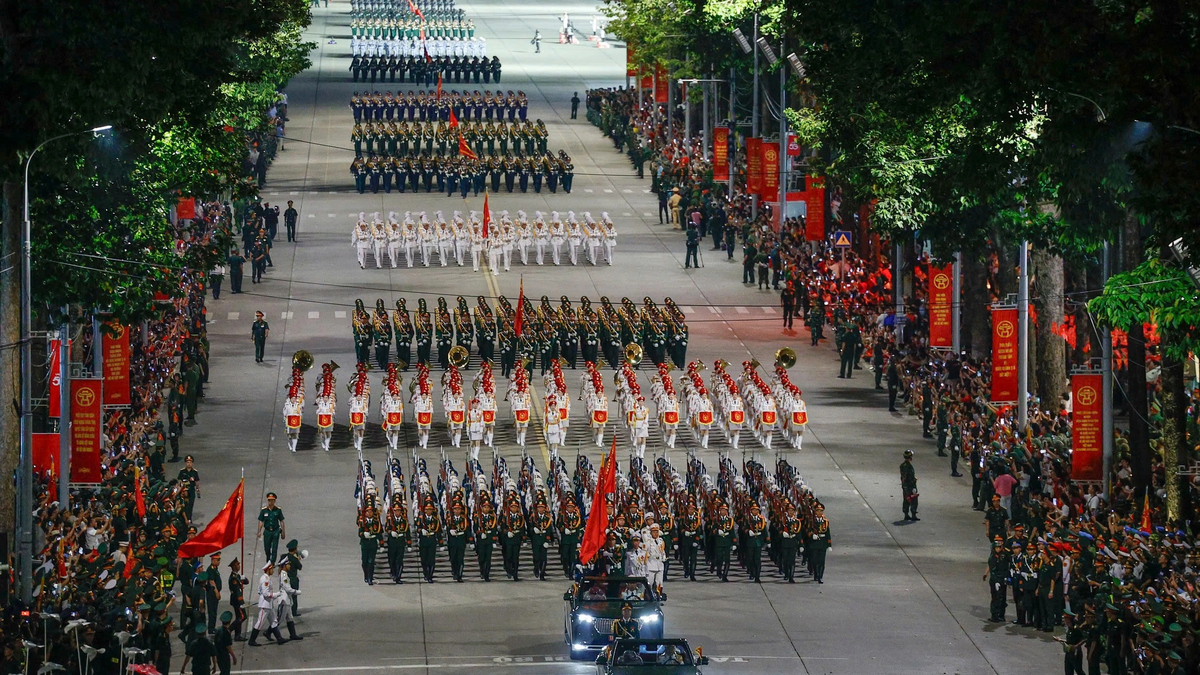
![[Photo] General Secretary To Lam attends the 80th anniversary of Vietnam's diplomacy](https://vphoto.vietnam.vn/thumb/1200x675/vietnam/resource/IMAGE/2025/8/25/3dc715efdbf74937b6fe8072bac5cb30)




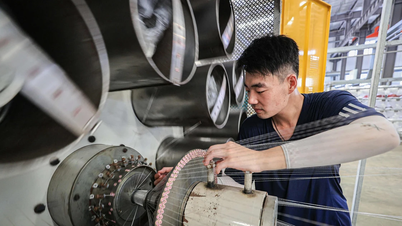
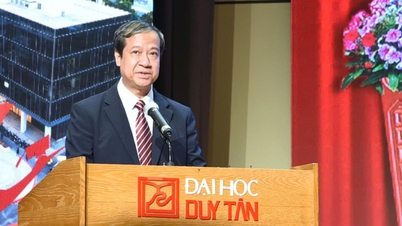









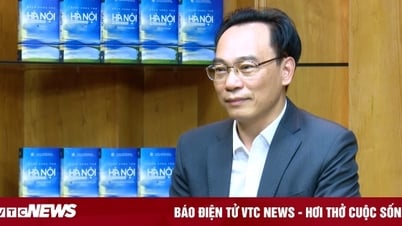

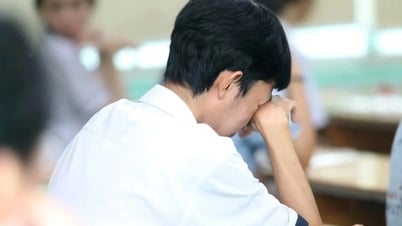





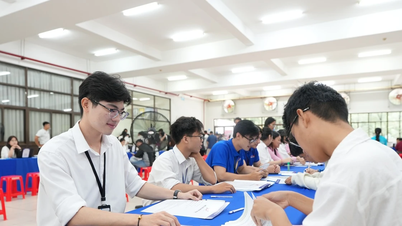



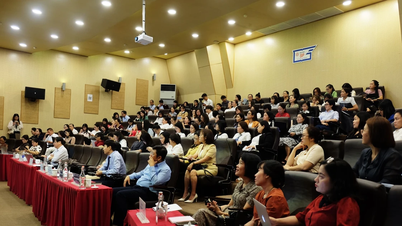









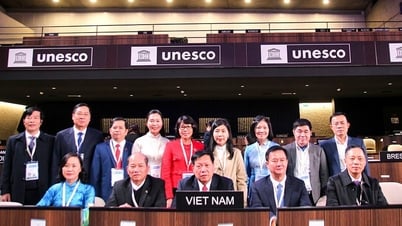





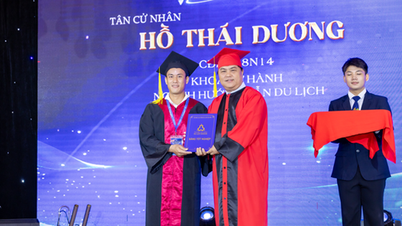





















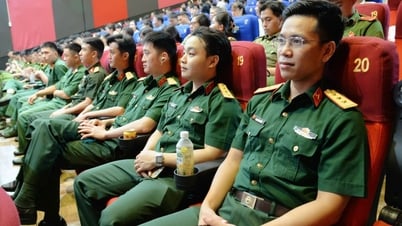












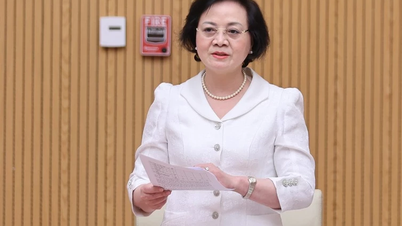

























Comment (0)